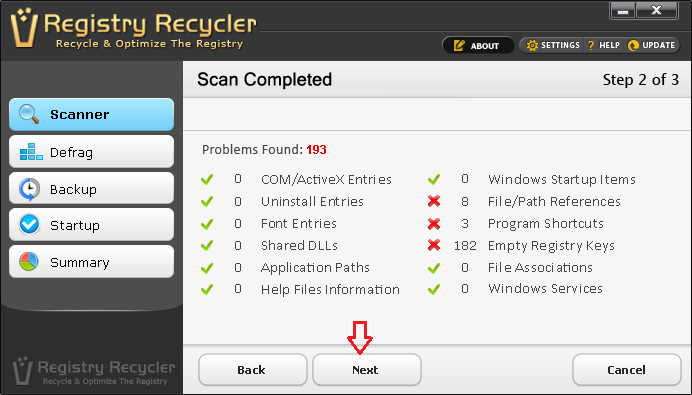A caught up PC after a certain while of fresh install is a concern of almost every computer user. This annoys you, aggravates you, and makes you look for a new and more advanced machine. At the end of day, these consequences repeat over the time and the worries return. It might not be possible for you to do a clean install each time; and it is definitely not possible to make frequent purchases. For this purpose, we advise you to be knowledgeable enough and start managing it all by yourself. Setting up an appropriate maintenance schedule for your system will not only sustain its productivity but also increase its life span.
For common PC issues, Junk files unclogging, boosting System performance, speeding up Internet and other underlying Windows concerns, we recommend using this tool.
- Step 1 : Download Systimizer ‒ PC Cleaner & Internet Booster (Effective with Windows 10, 8, 7 & XP)
- Step 2 : Click "Scan" to analyze your PC
- Step 3 : Click "Fix" to wipe out all bumps
Here in this article, you will find out detailed information on how to manage Windows Registry to ensure its optimum performance. Before moving on to that, you need to know what Windows Registry refers to, how does it perform and why do we need to keep it clean.
Windows Registry: Windows Registry is a back end database containing records of your hardware, software, and settings. Every user command and its resultant operation are directly related to this information. This database contains hundreds of thousands of Registry Entries in the form of Registry Keys and Values. Each entry is dedicated to its unique purpose in different areas of operation.
Functionality: The mechanism of Windows Registry is quite simple as well as extremely complex at the same time. Entries are stored in a hierarchal or tree structure under their own pertinent domain. Each user operation, when initiated, consults registry at the first place to copy instructions. For instance, how does a system know the program to be used for.xls file? All such answers are provided by the same registry. Some of the information found in registry exists by default, while it frequently collects further information as the system operates.
Registry Errors: Windows Registry actively welcomes the new information all the time. Every newly installed application gets itself registered in this database by creating its own keys and values. However, the same application does not necessarily reverse this activity when uninstalled. Such leftover keys and values make the registry polluted and thus, cause to generate errors. Apart from this, many unsolicited events may occur during a login session, for example improper shutdown, partial uninstalls, interrupted installations, and much more. All such undesirable activities result in registry errors. A registry with errors is likely to cause different system interruptions like, crashing programs and Windows components, freezing applications and login session, slowed down operations, corrupted shortcuts, and much more.
Fragmented Registry: Every Registry entry holds a certain location within the registry database. When this entry is deleted, removed, or cleaned, the location held by it goes blank. Although, it is a virtual concept, it comports similar to that of physical. The vacuum created can only be filled by a new entry of the same size and volume, which is least probable. Such vacuums at different sites within the registry cause the information to become fragmented. Because of which, the operations take a while longer to detect their appropriate entries, as these travel through the broken thread of information.
Editing Registry: Windows operating system does not provide an easy entrance to Windows Registry database. You would not find an access point to this record at any of the settings libraries. The only component in this regard is situated in Windows directory with the name regedit. You can simply open the Run box or Start search, type regedit and hit Enter to open Registry Editor. It is to be noted that accessing and editing Windows registry is not recommended either by us or by the Microsoft, as it is a very sensitive place to work with. A single blunder can leave you at an un-operational situation. If in case, you opt to edit registry by following hard instructions, make sure to create a backup before modifying anything.
Registry Cleaner: Other than going for a manual fix, you can choose among the free registry cleaning software. Such applications can be trusted, as these are specialized in this specific area, and know the patterns to work on. Registry cleaner software is easy to use, where you can scan the registry and fix registry errors through just a few clicks. Through these applications, complicated task of finding and repairing registry errors is carried within minutes without a glitch. Other basic tools of a registry cleaner include the registry defragmentation process. It analyzes the registry and lets you know if it needs to be defragmented.

 How to Optimize Windows 10 and Windows 8/8.1 to Run Faster
How to Optimize Windows 10 and Windows 8/8.1 to Run Faster
